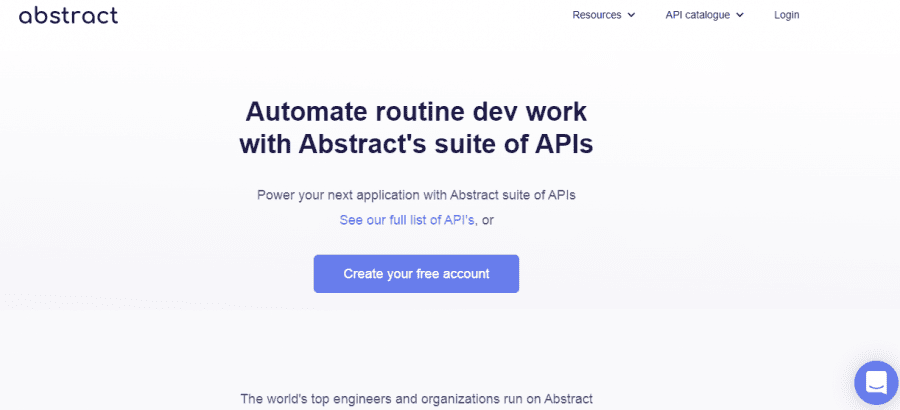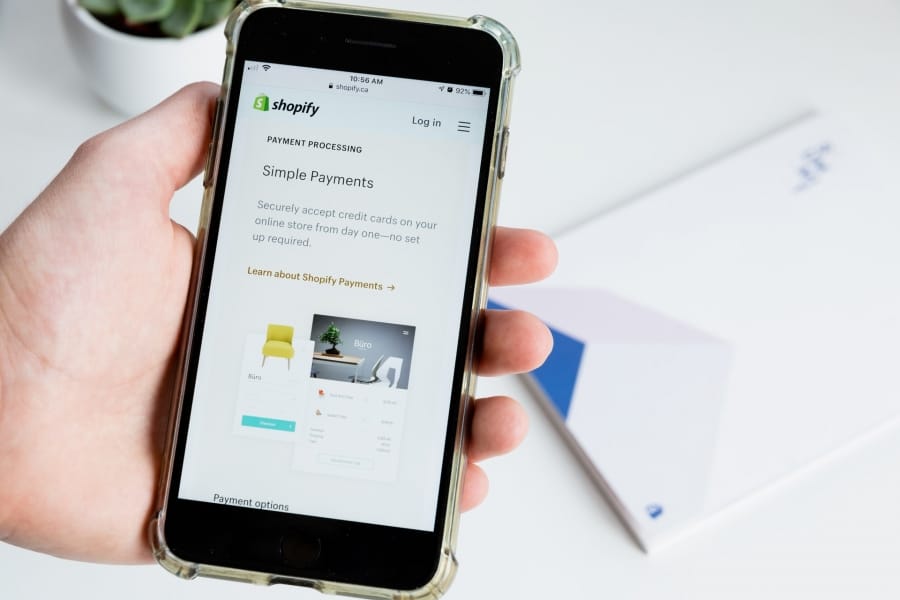Every successful business out there needs a great website. It’s where your customers can buy your products or services, learn more about your company, experience your brand, and get in touch with you.
Many elements go into crafting a great website, but one of them is a bit unexpected: correctly-sized photos. You might not realize it, but having well-optimized images on your website has wide-ranging effects on how well it runs and how successful it will be overall.
If you’re not already familiar with optimizing your images for your website, there are many tools you can use. At the moment, the best image resize API out there is Abstract API, so we’d encourage you to give that one a try.
Combine a helpful tool like Abstract API with the tips and insights we’ve included in this article, and you’ll be all set.

1. Improve Your Website Speed
First of all, having well-sized images is essential for website speed. If your images are too large or aren’t optimized correctly, they’ll wreak havoc on loading time when visitors are trying to navigate to your website.
Your website should load as quickly as possible but take absolutely no longer than 3 seconds as a general rule. Any more than that, and your bounce rates will start to go up soon. Just take a look at these statistics:
- A load time between 1 and 3 seconds increases bounce rate possibility by 32%
- A load time between 1 and 5 seconds increases bounce rate possibility by 90%
- A load time between 1 and 6 seconds increases bounce rate possibility by 106%
You get the idea. Basically, the faster your website loads, the more people will successfully visit it.
Even though websites should ideally load within 3 seconds, studies show that many companies are not achieving that benchmark. This is excellent news for you if you can get your load time to under 3 seconds because your company will be more competitive than those with speed issues.
Tellingly, a study of 5 million desktop and mobile webpages showed that the average loading time for desktop webpages was 10.3 seconds (and a whopping 27.3 seconds for mobile webpages).
2. Get a Better SEO Ranking

Building on the last point, website speed, and image sizing are also directly related to search engine optimization. If your website loads quickly and you have correctly optimized images, you’ll stand a much higher chance of showing up at the top of the SERPs. This is the case for several reasons:
- Page loading speed is one of the most crucial SEO criteria for Google. The faster your website loads, the better.
- If you have image names, captions, or alt text containing keywords, you can improve your keyword prominence with images.
- Correctly optimized images have a higher chance of showing up in image searches, which is an SEO booster.
In terms of SEO, you should be aiming to keep your images around 100KB. Of course, most high-quality images are more significant than that, so you’ll need to find software that allows you to compress images for website use without compromising their quality.
3. Create a Better User Experience

Good quality, interesting images, and other visual elements are significant parts of any customer’s experience with your company. They catch people’s attention, communicate information, and leave a lasting impression. That’s exactly what you want to happen when people land on your website.
After all, people’s brains respond to images much more quickly than they do to text. They process images 60,000 times faster than text.
When your website contains correctly optimized images, people will have a better user experience when they visit it. They won’t be faced with long loading times or incomplete information. In turn, they’ll want to continue to browse, check out what you have to offer, and even make a purchase.
4. Increase Sales

If your website has anything to do with buying products or services, effectively optimizing your images is essential. This is because the amount of time that potential customers have to wait for your webpage to load is directly connected to the number of sales you’ll make.
If your website takes too long to load, you’ll be losing customers before they’ve even had a chance to check out what you have to offer.
Even worse, people who have negative experiences with a company’s website are much less likely to try and purchase something from them again.
It’s a little trickier to finesse an eCommerce website’s loading speeds because they’re often image-heavy and contain many large files. Nevertheless, if you’re mindful of optimizing and compressing your images from the get-go, you shouldn’t have a problem getting your site to load in less than 3 seconds.
According to a Radware study, as many as 45% of the top eCommerce websites don’t compress their images. Don’t make the same mistake as them, and be sure that you know how to compress your images correctly (or consult someone who does).
The Best Image Sizes to Use for Your Website

There are a few different ways to talk about image size, so let’s get those cleared up before we begin:
- File size: An image’s size refers to how much space (in bytes) it will occupy. Large file size can be due to a very high resolution or large image dimensions.
- Image size: Image size refers to its actual dimensions in pixels (px).
- Image resolution: Image resolution is slightly different, but it’s still related to image size. It tells you the quality of an image, usually measured in dots per inch (dpi). Generally speaking, high-resolution files are enormous.
We have a few pointers for you now that we’ve covered the different size dimensions when talking about images. The game’s name strikes the right balance between image size and quality.
Be sure to keep these tips in mind when sizing images for your website:
- Large images should be an absolute maximum of 1MB, ideally less.
- Smaller images should be between 100KB-300KB.
- When sizing an image for a background, you’ll need to focus on resolution. Find the lowest resolution possible where the photo looks clear and high quality.
- When saving images for your website, do it with a “save for web” or “compressed”
- Don’t simply stretch a smaller image to make it bigger. There are other ways to enlarge an image without losing quality.
- Choose a website provider that’s responsive to different devices, so your images always look well-sized.
The Best Kind of Image File to Use for Your Website

You may already know that there are several different types of image files out there. They all have different uses, but we’re going to be breaking down the best ones to use for images on your website:
JPG
JPG is the most common image format on the internet, so that’s saying something. It works well to save images into small files with minor quality loss. However, JPG’s use of lossy compression means that every time you re-save your image, the quality worsens. The quality of JPG photos also drops a bit after they’re optimized.
PNG
PNG is another popular image format used almost as much as JPGs. PNGs typically retain quality better, but they can also be slightly heavier in general. Another significant advantage to PNGs is the fact that they support transparency, which is helpful if you’re making logos or icons.
GIF
Most of the time, the GIF format is used to show an animation. GIFs have the main advantage over JPGs and PNGs, which do not support animations.
GIFs are typically large files because they contain many different frames. Because of this, they should be used in moderation but have a time and a place.
Start Optimizing Your Website Images
As you can see, correctly-sized, well-optimized images are essential for any website’s success. Not only do they look great, but they also increase loading speed, boost SEO scores, create a better overall user experience, and even contribute to higher sales.
There are several different guidelines for image type and file size out there, and we’ve covered the basics here.
Overall, you should include images with small file sizes on your website without compromising their quality.
If you’ve just started developing your website or are looking to make improvements to your existing website, be sure to keep the pointers we covered in this article in mind, and you’ll have an impactful, easy-to-explore website on your hands. Good luck!
